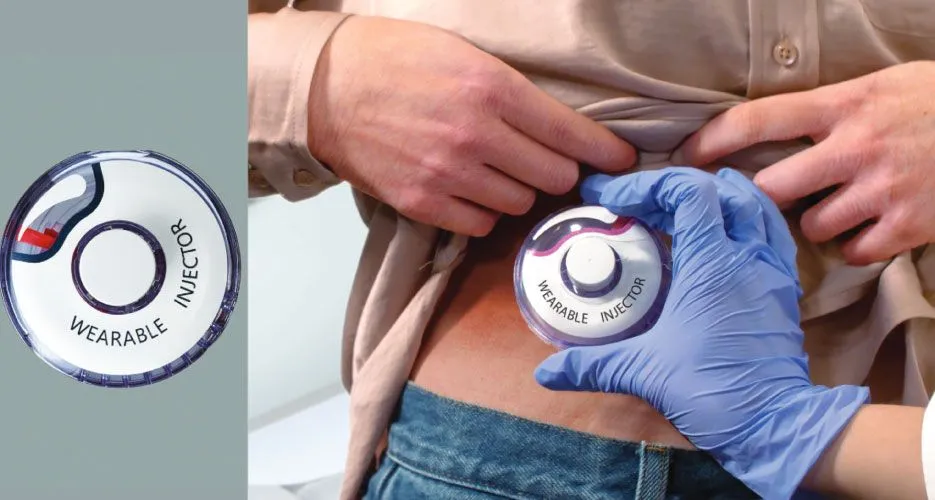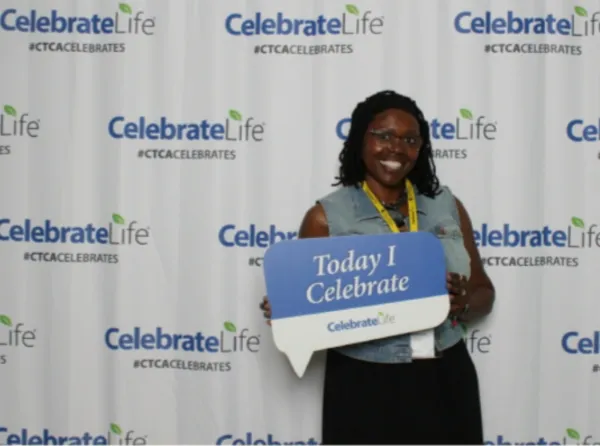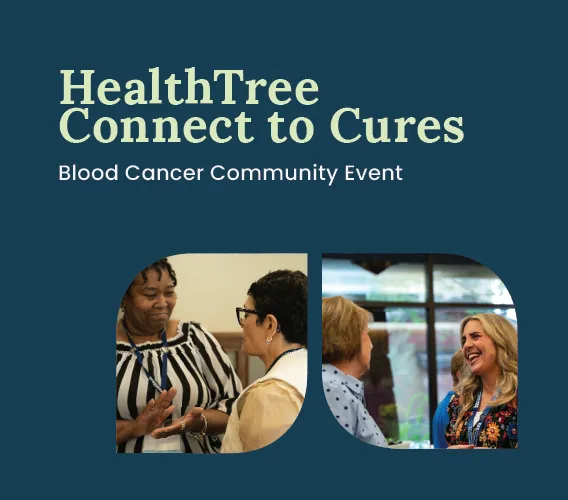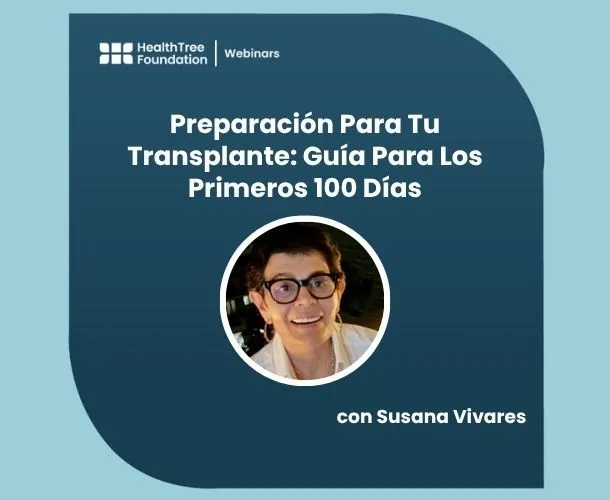Salvage Therapy for Aggressive Types of Multiple Myeloma: Plasma Cell Leukemia and Extramedullary Myeloma

What is "salvage therapy"? The Dictionary of the National Cancer Institute defines “Salvage Therapy” as “Treatment that is given after the cancer has not responded to other treatments.”
In an interview published a few years ago in Oncology Times, Dr. Orlowski was quoted:
“Myeloma is a translational success story. Data from the NCI Surveillance, Epidemiology, and End Results program show a decline in mortality for myeloma, with a median survival of 7-10 years, especially in good risk patients. … The impact of many new drugs is not yet seen. The many novel agents recently approved include HDAC inhibitors, immunomodulatory drugs (IMiD’s), monoclonal antibodies, and proteasome inhibitors (PIs),” Challenges still remain. “Unmet medical needs include high-risk myeloma and relapsed/refractory disease. Myeloma incidence is rising, and the cost of care is among the highest for any malignancy.” [Emphasis added]
The opening sentence of a recent article in the journal Clinical Lymphoma Myeloma and Leukemia gets right to the point:
“Patients with advanced/aggressive multiple myeloma have limited treatment options to achieve rapid disease control.”
The patient pools referred to in the article include aggressive subtypes of myeloma such as Plasma Cell Leukemia and Extramedullary Myeloma. The authors of this article report on the outcomes of the combination KdT-PACE as a bridging therapy to control myeloma before the start of a more definitive treatment option. Some of us may already be familiar with a combination VdT-PACE as an early treatment to control aggressive myeloma before stem cell transplant.
Both KdT-PACE and VdT-PACE have a common mix of products, being the dT-PACE group (dexamethasone, Thalidomide, Platinol [cisplatin], Adriamycin [doxorubicin], Cytoxan [cyclophosphamide], and Etoposide). The difference between the two treatment regimens is where the proteasome inhibitor Velcade (in VdT-PACE) is replaced with Kyprolis (in KdT-PACE), a second-generation proteasome inhibitor as some patients may already have become refractory to Velcade. Either one of these two treatments are rigorous for the patient, as other salvage therapies are wont to be.
The authors analyzed the outcome of 52 consecutive patients with relapsed/refractory myeloma, plasma cell leukemia or extramedullary myeloma. This patient cohort had an average age of 57 years and 2/3 of them were male. KdT-PACE was given as a ‘bridging therapy’ to 31 patients, who went on to either receive auto-stem cell transplant, allo-stem cell-transplant or a clinical trial. 21 patients were not bridged past the KdT-PACE regimen. The difference in outcomes is stark.
‘Patients bridged to autologous hematopoietic stem cell transplant, allogenic hematopoietic stem cell transplant, or a clinical trial had a superior progression-free survival (8.3 months vs 2.3 months in the non-bridged group; P < .001) and overall survival (median, 16.7 months vs 4.3 months in the non-bridged group; P < .001). No unexpected toxicities occurred from the treatment regimen.’
The authors conclude :
‘KD-PACE is a promising treatment option for select patients with advanced/aggressive forms of myeloma requiring rapid disease control before a more definitive salvage therapy such as auto/allotransplantation or a clinical trial.’
Let me take the liberty to make a few additional comments:
When you google ‘salvage therapy for multiple myeloma’ you will find a large number of published papers AND you will also find quite the variety of different salvage treatment options/combinations. This brings me back to the article referenced in the first paragraph. There is NO single salvage option that is ideal for relapsed/aggressive myeloma and here I will help myself to other quotes from Dr. Orlowski:
“Salvage therapy for multiple myeloma patients should be tailored to molecular and clinical risk criteria and tailored to individual disease characteristics when possible. … Molecular targeting maximizes the likelihood of patient benefit, reduces exposure to unnecessary toxicity, minimizes delay to receiving definitive therapy, and produces substantially enhanced cost-effectiveness. Together, this leads to better outcomes for less money.”
The study referenced in this post provides some guidance for several rare and aggressive types of myeloma, but, at the end of the day, it is your myeloma specialist who will tailor a salvage regimen to fit your specific needs and clinical presentation.
And as an aside: the second article referenced in this post uses the terms Vd-PACE and Kd-PACE, even though the authors specifically include Thalidomide in both regimens but for some reason they have not included the ‘T’ in the abbreviation of the two regimens. I have taken the liberty to add them in both for completeness and accuracy's sake.
What is "salvage therapy"? The Dictionary of the National Cancer Institute defines “Salvage Therapy” as “Treatment that is given after the cancer has not responded to other treatments.”
In an interview published a few years ago in Oncology Times, Dr. Orlowski was quoted:
“Myeloma is a translational success story. Data from the NCI Surveillance, Epidemiology, and End Results program show a decline in mortality for myeloma, with a median survival of 7-10 years, especially in good risk patients. … The impact of many new drugs is not yet seen. The many novel agents recently approved include HDAC inhibitors, immunomodulatory drugs (IMiD’s), monoclonal antibodies, and proteasome inhibitors (PIs),” Challenges still remain. “Unmet medical needs include high-risk myeloma and relapsed/refractory disease. Myeloma incidence is rising, and the cost of care is among the highest for any malignancy.” [Emphasis added]
The opening sentence of a recent article in the journal Clinical Lymphoma Myeloma and Leukemia gets right to the point:
“Patients with advanced/aggressive multiple myeloma have limited treatment options to achieve rapid disease control.”
The patient pools referred to in the article include aggressive subtypes of myeloma such as Plasma Cell Leukemia and Extramedullary Myeloma. The authors of this article report on the outcomes of the combination KdT-PACE as a bridging therapy to control myeloma before the start of a more definitive treatment option. Some of us may already be familiar with a combination VdT-PACE as an early treatment to control aggressive myeloma before stem cell transplant.
Both KdT-PACE and VdT-PACE have a common mix of products, being the dT-PACE group (dexamethasone, Thalidomide, Platinol [cisplatin], Adriamycin [doxorubicin], Cytoxan [cyclophosphamide], and Etoposide). The difference between the two treatment regimens is where the proteasome inhibitor Velcade (in VdT-PACE) is replaced with Kyprolis (in KdT-PACE), a second-generation proteasome inhibitor as some patients may already have become refractory to Velcade. Either one of these two treatments are rigorous for the patient, as other salvage therapies are wont to be.
The authors analyzed the outcome of 52 consecutive patients with relapsed/refractory myeloma, plasma cell leukemia or extramedullary myeloma. This patient cohort had an average age of 57 years and 2/3 of them were male. KdT-PACE was given as a ‘bridging therapy’ to 31 patients, who went on to either receive auto-stem cell transplant, allo-stem cell-transplant or a clinical trial. 21 patients were not bridged past the KdT-PACE regimen. The difference in outcomes is stark.
‘Patients bridged to autologous hematopoietic stem cell transplant, allogenic hematopoietic stem cell transplant, or a clinical trial had a superior progression-free survival (8.3 months vs 2.3 months in the non-bridged group; P < .001) and overall survival (median, 16.7 months vs 4.3 months in the non-bridged group; P < .001). No unexpected toxicities occurred from the treatment regimen.’
The authors conclude :
‘KD-PACE is a promising treatment option for select patients with advanced/aggressive forms of myeloma requiring rapid disease control before a more definitive salvage therapy such as auto/allotransplantation or a clinical trial.’
Let me take the liberty to make a few additional comments:
When you google ‘salvage therapy for multiple myeloma’ you will find a large number of published papers AND you will also find quite the variety of different salvage treatment options/combinations. This brings me back to the article referenced in the first paragraph. There is NO single salvage option that is ideal for relapsed/aggressive myeloma and here I will help myself to other quotes from Dr. Orlowski:
“Salvage therapy for multiple myeloma patients should be tailored to molecular and clinical risk criteria and tailored to individual disease characteristics when possible. … Molecular targeting maximizes the likelihood of patient benefit, reduces exposure to unnecessary toxicity, minimizes delay to receiving definitive therapy, and produces substantially enhanced cost-effectiveness. Together, this leads to better outcomes for less money.”
The study referenced in this post provides some guidance for several rare and aggressive types of myeloma, but, at the end of the day, it is your myeloma specialist who will tailor a salvage regimen to fit your specific needs and clinical presentation.
And as an aside: the second article referenced in this post uses the terms Vd-PACE and Kd-PACE, even though the authors specifically include Thalidomide in both regimens but for some reason they have not included the ‘T’ in the abbreviation of the two regimens. I have taken the liberty to add them in both for completeness and accuracy's sake.

about the author
Paul Kleutghen
I am a patient diagnosed in 2014 with primary plasma cell leukemia (pPCL), a rare and aggressive variant of multiple myeloma and have been very fortunate to find successful treatment at the division of Cellular Therapy at the Duke University Cancer Institute. My wife, Vicki, and I have two adult children and two grandsons who are the ‘lights of our lives’. Successful treatment has allowed Vicki and I to do what we love best : traveling the world, albeit it with some extra precautions to keep infections away. My career in the pharmaceutical industry has given me insights that I am currently putting to use as an advocate to lower drug pricing, especially prices for anti-cancer drugs. I am a firm believer that staying mentally active, physically fit, compliant to our treatment regimen and taking an active interest in our disease are keys to successful treatment outcomes.
More on Treatment Advances
Upcoming Events




Get the Latest Multiple Myeloma Updates, Delivered to You.
By subscribing to the HealthTree newsletter, you'll receive the latest research, treatment updates, and expert insights to help you navigate your health.













